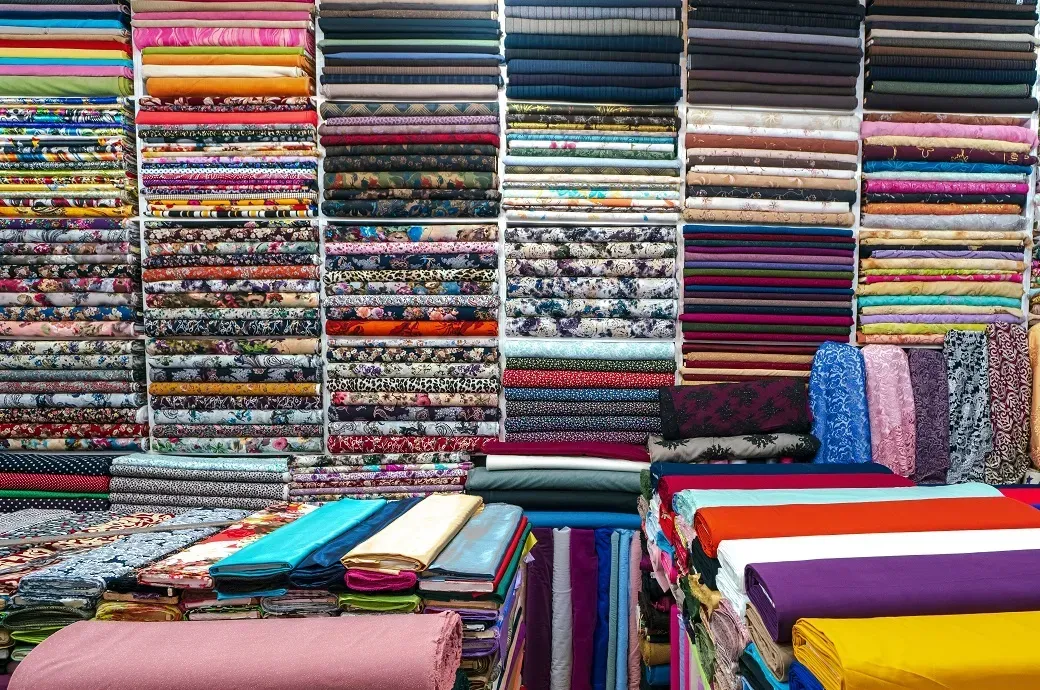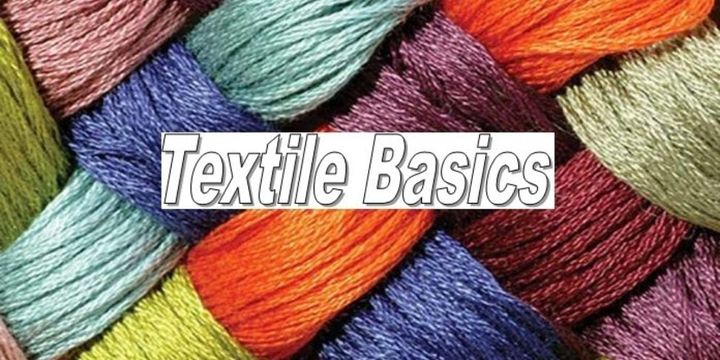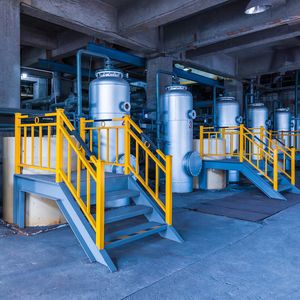This practice exists because textiles are one of the most essential parts of human life. From environmental conditions to expressing culture and identity, clothing is integrated into everyday life. For centuries, the process has been developed by manual weaving on crushing that is in highly automated production systems that can produce clothing globally.

Why Textile Production Means Something Today and What Problems It Solves
Textile production is a global economy and a central part of society. It means something because:
-
Clothing and comfort: Provides the necessary material for everyday use.
-
Cultural significance: Regional clothing and weaving methods preserve traditions.
-
Industrial application: Provides technical textiles for construction, health care and transport.
How Laws and Government Policy Affect Textile Production
Guidelines and rules affect all steps in textile production, from raw materials to finished goods. General areas include:
-
Environmental regulations: Governments determine boundaries for water use, chemical emissions and waste management.
-
Labor law: Rules ensure safe work status, appropriate salary and regulated working hours.
-
Trade agreement: Affects the flow of raw materials and prepared in land.
-
Stability initiative: Program encourages manufacturers to use renewable energy and environmentally friendly production methods.
-
Certification standards: Labels such as OEKO-TEX or GOTS confirm that clothing completes the quality and safety measurements.
The government's policy not only protects workers and the environment, but also leads the industry against long-term stability.
Equipment and Resources to Understand Textile Production
Textile production and procedures can use different resources to learn more:
-
Identification of fabric map: Help to separate different types of fiber and weaving.
-
Online cloth calculator: Estimate thread count, yarn weight and production efficiency.
-
Educational app: Provide interactive modules on dyeing, weaving and weaving.
-
Textile database: Provide updated information on new materials, trends and standards.
-
Design template: Help create cloth patterns and weaving structures.
-
Stability assessment equipment: Track the environmental impact and proposes environmentally friendly alternatives.
These devices simplify the complex world of textiles and provide practical ways to find out how clothing is made and used.
Frequently Asked Questions
Q1. What is the difference between natural and synthetic garments?
Natural fabrics or animal sources such as cotton, silk and wool are made, while synthetic fabrics are made by human made fibers such as polyester, nylon and acrylic.
Q2. Does clothes only be used for clothes?
No, textiles are widely used widely in industries including health care (straps, surgical substances), construction (geo texyl), transport (car seat) and sports (performance).
Q3. What role does technology play in modern textile production?
Automation, digital tissue and A-operated quality control increase, reduce the waste and allow the development of advanced clothes like smart clothes.
Q4. How does recycling in clothes work?
Old clothes and clothes are cut, spooned, or chemically treated to produce fighters that can be reused in new clothes, and support circular economy models.
Conclusion
Textile production is still one of the most essential industries in the world, which combines tradition with technology and culture with trade. While it gives everyday requirements, the role of advanced applications is expanded, from medical fabrics to Wearet technology.
The recent updates show that the industry is moving towards stability, efficiency and innovation, while the government's policy ensures fair work practice and environmental protection. Equipment and resources make it easy for beginners to understand processes and detect different types of clothing in use today.







